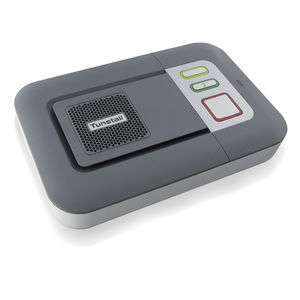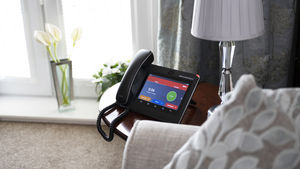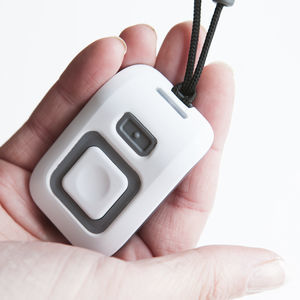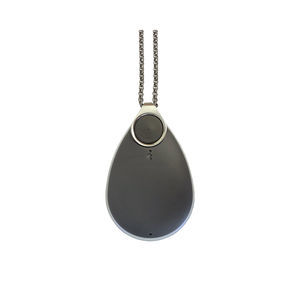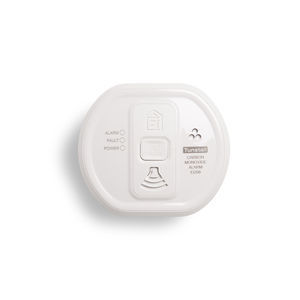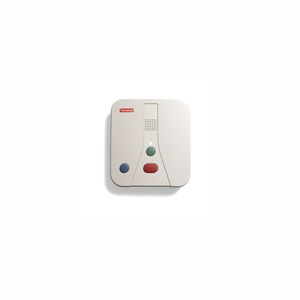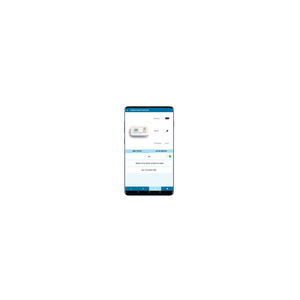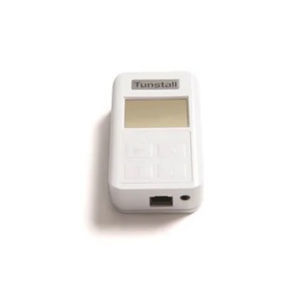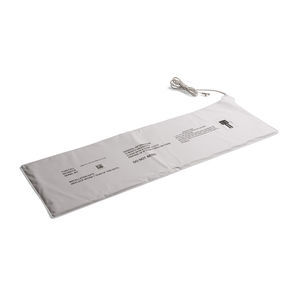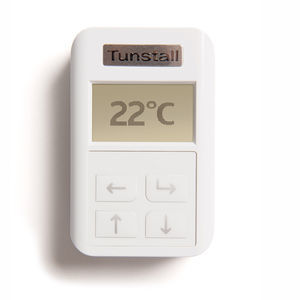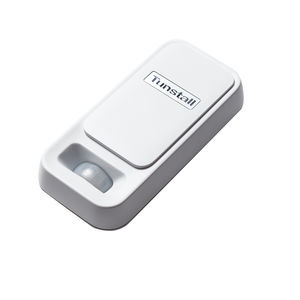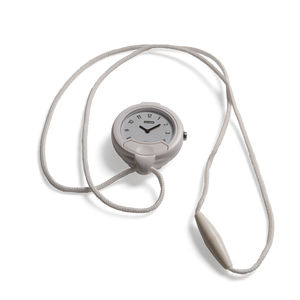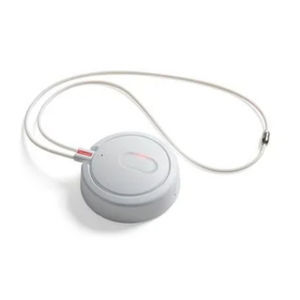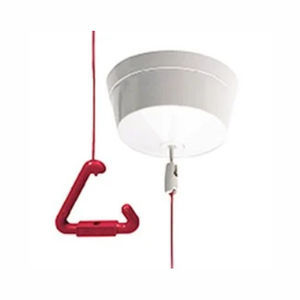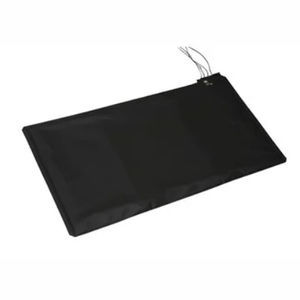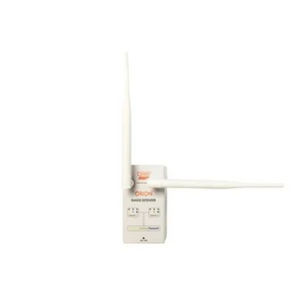
Bed alert system 69005 seriesepileptic seizure
Add to favorites
Compare this product
Characteristics
- Type
- bed
- Applications
- epileptic seizure
Description
Epilepsy sensors are used to monitor individuals living with epilepsy while they sleep. Patented sensor technology detects a person’s movement in bed and can differentiate normal movements from epileptic seizures. An alarm is raised using either a Lifeline home unit, Communicall or CareAssist.
For individuals at home and in grouped housing deve
Unobtrusive and minimises user disruption.
Plug and play registration for easy programming.
Compatible with Lifeline home units and other Tunstall telecare-enabled systems.
Operates on the dedicated social alarm frequency for reliable, futureproof operation.
Replaces disruptive nightly checks; supporting carers and protecting users.
How does it work?
An epilepsy sensor enables tonic-clonic seizures to be detected the moment they occur, automatically raising an alert with a carer, enabling appropriate care to be provided.
The Abilia sensor also monitors the user’s vital signs including heart rate, to detect presence within the bed. The sensor is extremely thin and contains no embedded wires or switches. It should be installed under a foam mattress or mattress cover (if using a sprung mattress) and positioned below the chest. The alarm triggers if it senses movements associated with a seizure for longer than the pre-set delay, which can be set to between 10 and 20 seconds.
Epilepsy sensors can be used in individual homes or assisted living environments. They are portable and simple to use and suitable for children and adults.
Technical features:
Patented sensor technology - reduces number of false calls.
Sensitivity adjustment - adjustable to the individual’s requirements.
Catalogs
No catalogs are available for this product.
See all of Tunstall‘s catalogsRelated Searches
- Anesthetic gas alert system
- Home alert system
- Bed emergency call system
- Panic button emergency call system
- Wrist alert system
- Door medical alert system
- GPS tracking alert system
- Fall alert system
- Pendant alert system
- Phone alert system
- Gas medical alert system
- Pull cord emergency call system
- Floor mat alert system
- Temperature rising alert system
- Chair alert system
- Smoke alert system
- Epileptic seizure alert system
*Prices are pre-tax. They exclude delivery charges and customs duties and do not include additional charges for installation or activation options. Prices are indicative only and may vary by country, with changes to the cost of raw materials and exchange rates.




